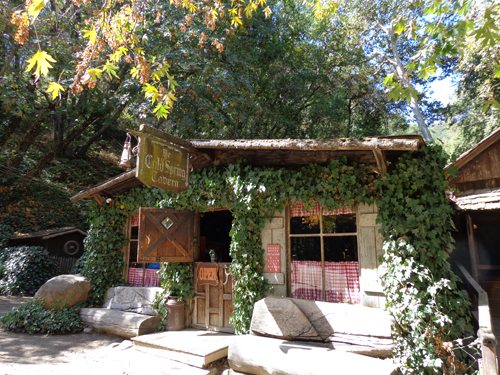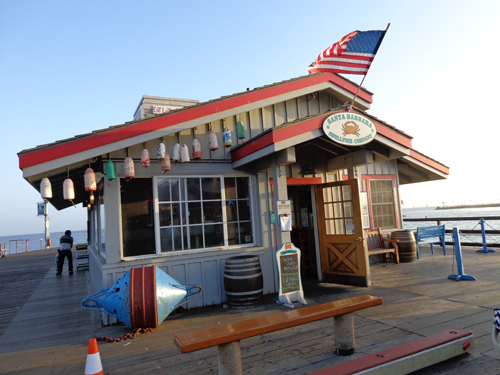In the 1700s, visiting the European continent was a sign of culture and worldliness among British youth. Italy in particular was seen as “the place to go,” and anything associated with Italy was unimaginably “hip.” That included pasta, which was universally called “macaroni” in the 1700s. In 1764, a group of terribly fashionable, wealthy, aristocratic young men started gathering in London, to show off their sophisticated, Italianate manners and attire. The group became known as the “Macaroni Club,” and the fantastically dressed and bewigged dandies were called “macaronis.”
The song “Yankee Doodle Dandy” was originally composed as a way of insulting colonial Americans. The Thirteen Colonies were becoming pretty sophisticated by the 1700s, with universities and growing cities, but the British wanted to make sure the colonists knew they would never be as “cool” as the aristocrats in Britain. They smirked that these colonial dandies thought that all you needed to be a “macaroni” was a feather in your cap.
The colonists, when they did eventually revolt against Great Britain, adopted the song as their own. They took pride in the fact that they were not foppish and decadent, like the dandies in London. By the time the American Revolution was over, the British were thoroughly sick of hearing the song “Yankee Doodle Dandy.”
So for those who may have wondered why anyone would call a feather in the cap “macaroni”–now you know.













